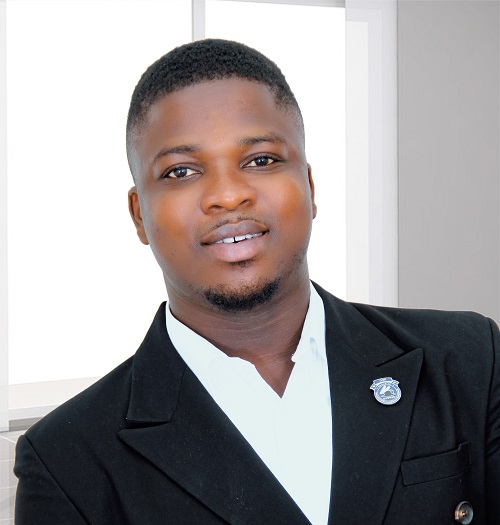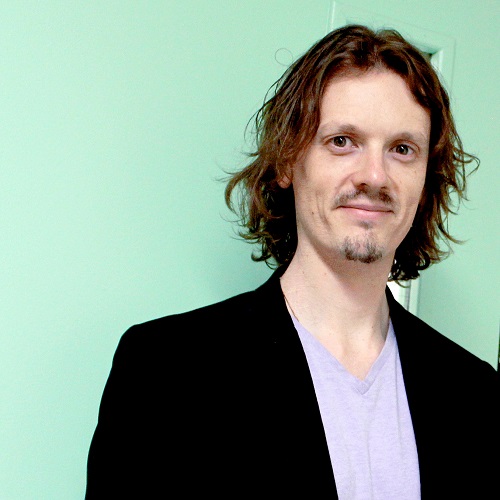Intermediate-Senior (IS) Anti-Racism and Diversity Resources
Here you will find a selection of teaching resources aimed at Intermediate-Senior (Grades 7-12) instruction.
The following resources have been curated and recommended by our faculty with expertise in anti-racism, SHARE, and our EDID Committee, as well as recommendations from our teacher candidates and graduate student community.
 David Baidoo-Anu
David Baidoo-Anu In school, you often learn how to write when you’re taught the alphabet and complete writing assignments.
In school, you often learn how to write when you’re taught the alphabet and complete writing assignments.